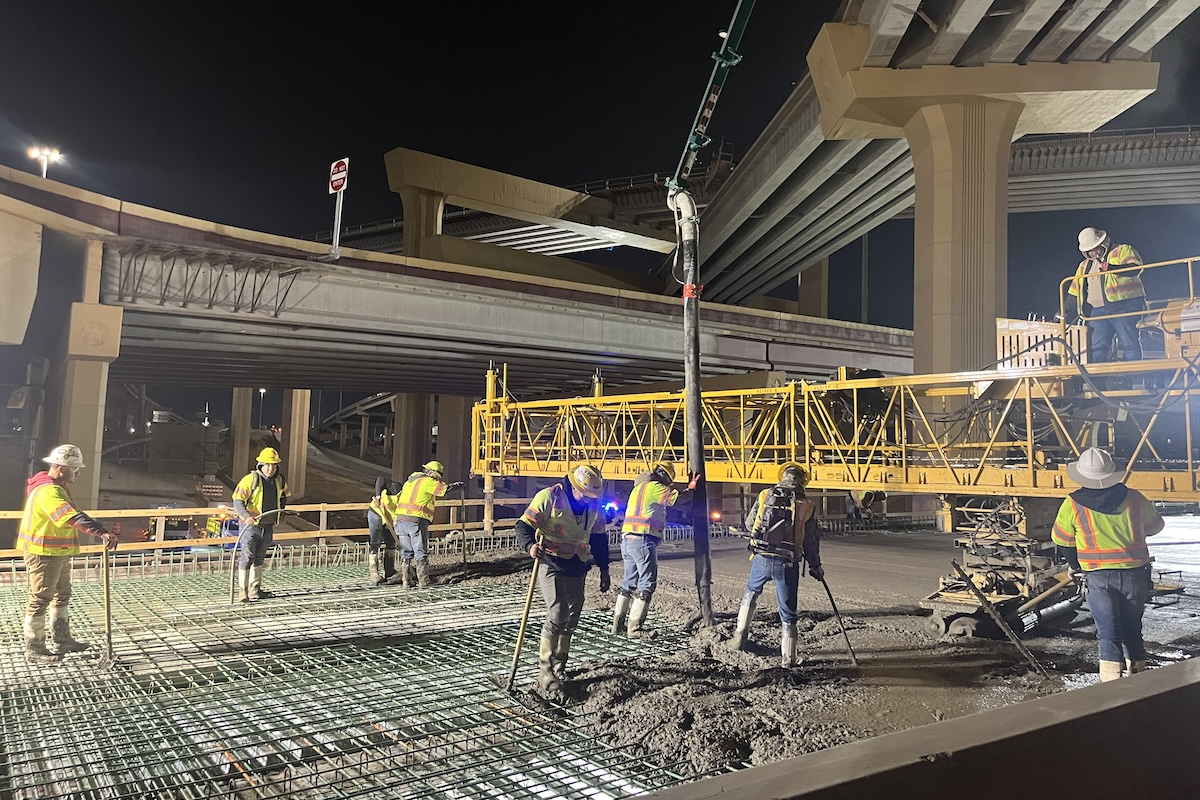These two changes impact notice deadlines and lien perfection issues for private projects on which liens may be filed and contractor’s liability for design errors. The latter issue was the subject of a column I wrote a little over two years go. That article addressed the fact that Texas stood out as a minority jurisdiction among the other states concerning contractor liability for design. As it relates to many civil infrastructure projects, Texas stills does.
For more than a century, Texas law has held that a contractor warrants the adequacy of design as to the owner of a project even though the vast majority of sophisticated projects have designs paid for and provided to contractors by the owner. With SB219 – which has been signed into law by the governor and will take effect on September 1, 2021 – contractors in the commercial and residential segments of the industry will no longer own the warranty for adequacy of design. That law will be codified in chapter 59 of the Texas Civil Practice and Remedies Code.
For contractors in the heavy and civil segments of the industry, the legislature carved out all critical infrastructure projects from the bill. What that means is that virtual all water infrastructure, electrical infrastructure, oil and gas infrastructure projects still follow the old rule adopted by the Texas Supreme Court in 1907. Interestingly, the law does not include road, highway, or bridge projects as critical infrastructure.
For all qualifying projects, the law not only shifts the warranty of adequacy of design to the owner – which adheres to the majority rule for federal projects and the law of most states – but it also prohibits contractual provisions which might seek to override the law and push the warranty back to contractors. In that regard, the legislature has created an exception to the general rule in Texas that parties are free to contract as each sees fit. Interestingly, the language of the law does not expressly prohibit contract clauses as void and unenforceable as the legislature has prescribed with other types of clauses. Instead, the law states that “contractors may not warranty the accuracy, adequacy, sufficiency, or suitability of plans, specifications, or other design documents provided to the contractor” by another person. Because such a warranty would derive from contractual language now that it no longer exists in Texas’ jurisprudence, the law effectively bans that particular risk-shifting clause in a contract.

| Your local Broce Broom dealer |
|---|
| Nueces Power Equipment |
With this new law in place, and with many civil contractors performing both exempted infrastructure projects and non-exempt transportation projects, how is a contractor to understand and allocate risk for potential exposure to design-caused liability? Unfortunately the answer to that question lies in murky waters.
The language of the law that exempts water and electrical projects from the shift away from the contractor’s warranty for adequacy of design is “utility-scale equipment or facilities to transmit or distribute electricity” and “utility-scale water or wastewater storage, treatment, or transmission facilities”. The use of the term “utility-scale” is interesting in that it is a term that is largely used in the solar power industry and appears to have been adopted by the legislature for use with broad electrical and water projects. In the solar industry, solar panels on one’s home to supplement power usage or remove a home from the electrical grid may not qualify as utility-scale. But an installation with enough generation capacity to sell significant power to the grid may, in fact, qualify. The problem with legal and contractual risk allocation lies in the fact that ambiguous language makes it very hard to understand what does and what does not qualify.
In adopting a word primarily associated with one segment of the industry and using it for segments where such a term is not part of the accepted vernacular, the legislature made detection of the line to cross difficult. Many wastewater rehabilitation and extension projects involve both underground installation as well as roadway renovation or construction. Is the character of the project and its qualification under the law determined by dollar value assigned to each component in the schedule of values? If so, can the values be manipulated such that a lump sum project might appear to primarily involve road work so that the contractor does not own the warranty?
Likewise, might a developer enter into separate contract agreements with different contractors to perform water/wastewater main and line connections as compared to roads and flat work to derive as much benefit from the warranty as possible? Unfortunately, easy answers to these questions do not exist, as of yet. With the implementation of the law and the resolution of disputes that will likely arise resulting from claims, answer may be forthcoming and further discussion can ensue.
Until then, owners and contractors should remain aware of the new law and evaluate contract terms and obligations with the distinctions and exemptions in mind. Contractors performing work that does not involve critical infrastructure can rest easier knowing that design-liability now rests where it belongs – with the designers. Contractors who perform varied work that involves both critical infrastructure and non-critical infrastructure must remain diligent in their contract negotiations and selection of projects to bid as there may remain questions about exposure for losses due to suspect design documents and functionality of a project.

| Your local Link Belt dealer |
|---|
| Central Texas Equipment |
| Nueces Power Equipment |




































































